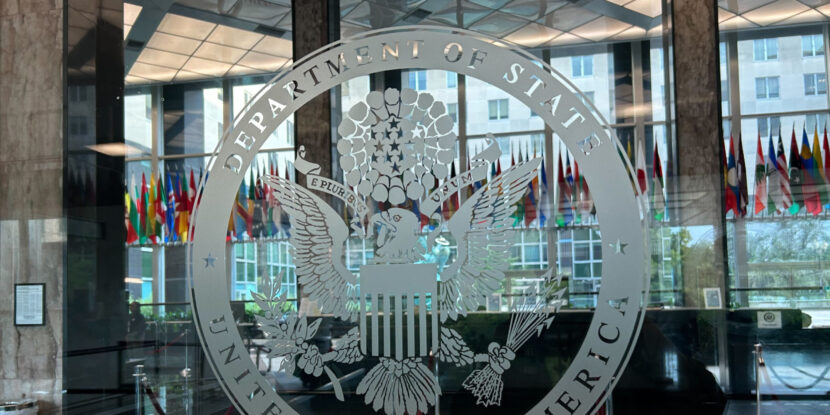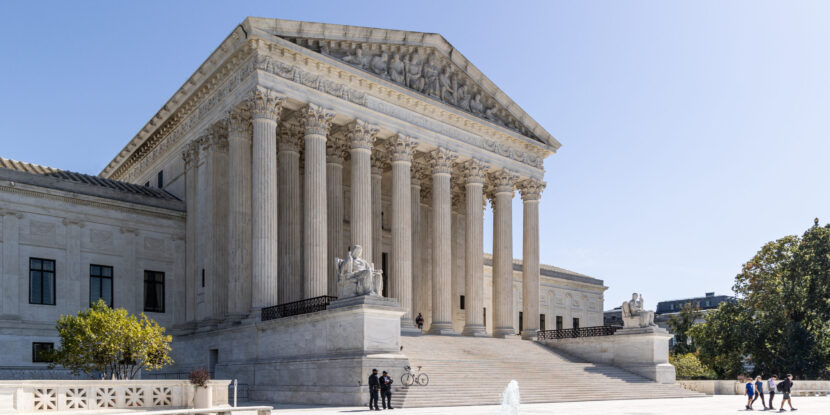PULSE POINTS:
❓What Happened: A significant decrease in illegal crossings at the U.S.-Canada border has been reported.
👥 Who’s Involved: United States Customs and Border Protection (CBP), CBP Chief Patrol Agent Robert Garcia, Tricia McLaughlin of the Department of Homeland Security (DHS), and Trump administration officials.
📍 Where & When: The Swanton Sector of the northern U.S. border, which includes parts of New York, Vermont, and New Hampshire, in March 2025.
💬 Key Quote: “There is now a clear message: You cannot come into the U.S. without consequence.” — Assistant Secretary for Public Affairs at the Department of Homeland Security, Tricia McLaughlin.
⚠️ Impact: Enforcement measures have led to a significant drop in unlawful entries and a noticeable decline in border-related crimes.
IN FULL:
According to recent U.S. Customs and Border Protection (CBP) findings, the northern U.S.-Canada border has seen a massive decline in illegal entries. The Swanton Sector, stretching over parts of New York, Vermont, and New Hampshire, documented just 54 illegal alien apprehensions in March 2025. This figure represents a drastic 95 percent decrease compared to March 2024, which saw 1,109 crossings.
Assistant Secretary for Public Affairs at the Department of Homeland Security (DHS), Tricia McLaughlin, noted that under the Biden-Harris regime, the Swanton Sector reported over 1,400 illegal crossings in April 2024 alone. McLaughlin criticized Biden-era policies, arguing they enabled criminal activities, including smuggling.
Border agents have noted a similar positive trend at the southern border, with March 2025 data reflecting a 94 percent decline in illegal crossings compared to the same month in 2024.
The improvement is not attributed to enhanced border patrols alone, but also to a change in communication strategies and resources. “There is now a clear message: You cannot come into the US without consequence,” McLaughlin said, referencing stricter penalties for criminal activities tied to illegal immigration.
Challenges remain, particularly concerning sanctuary city policies, where cooperation with federal Immigration and Customs Enforcement (ICE) operations varies by jurisdiction. In some states, these policies inhibit operations, creating areas perceived as safe havens for illegal aliens, some of whom are involved in serious crimes.
Notably, the reduction along the Canadian border also comes after President Trump pressured the Canadian authorities into doing more on border security earlier this year to delay tariffs on Canadian goods.



















